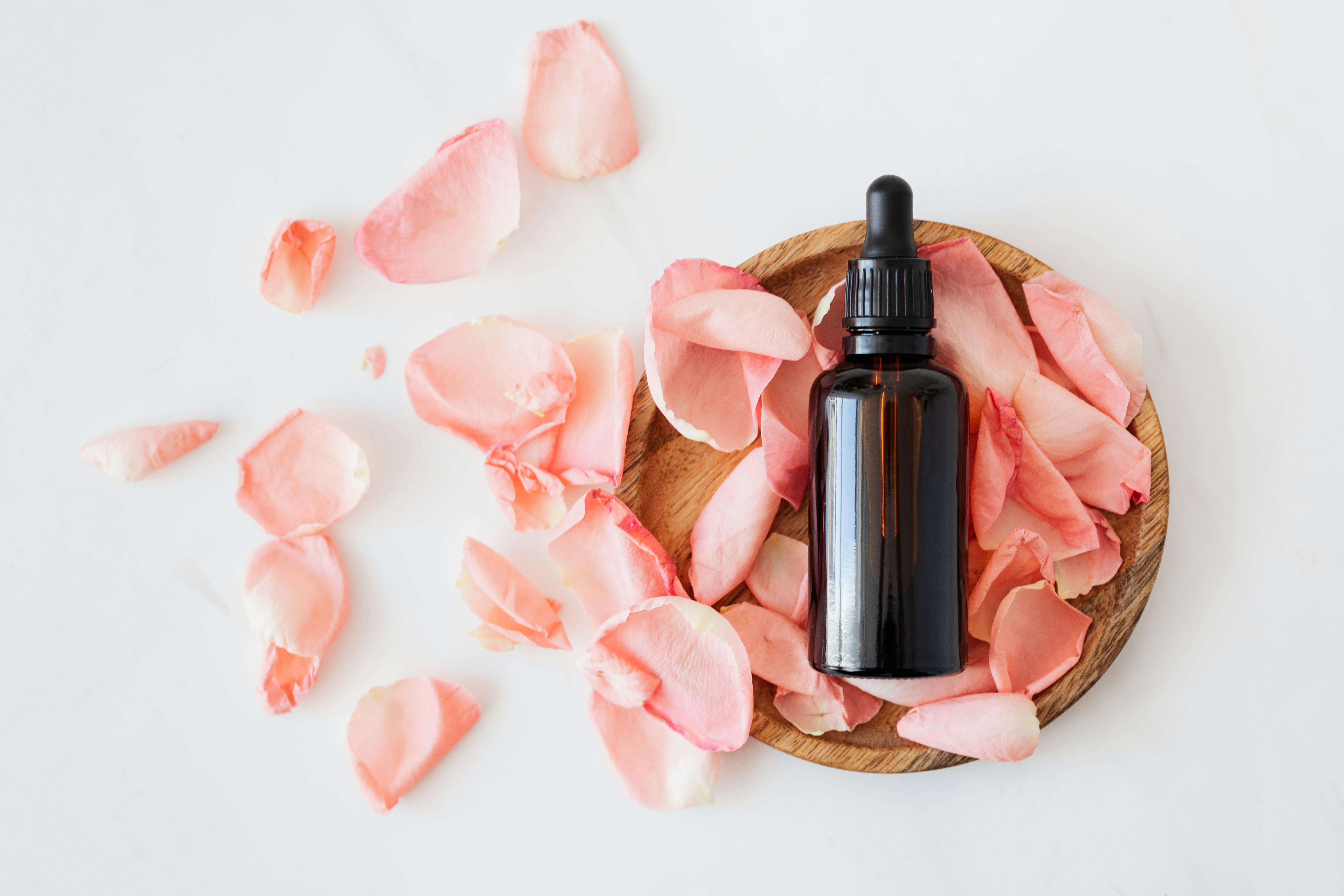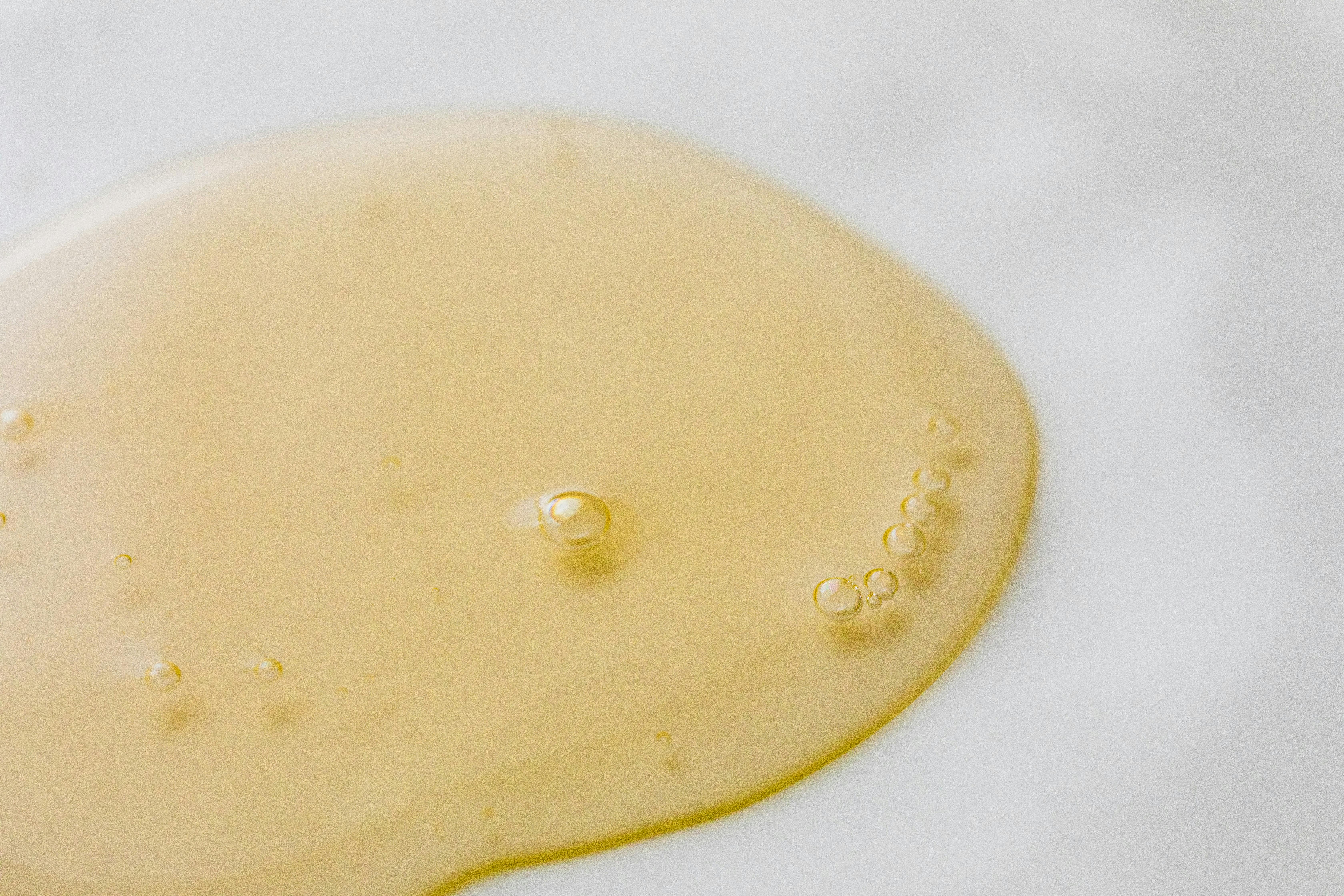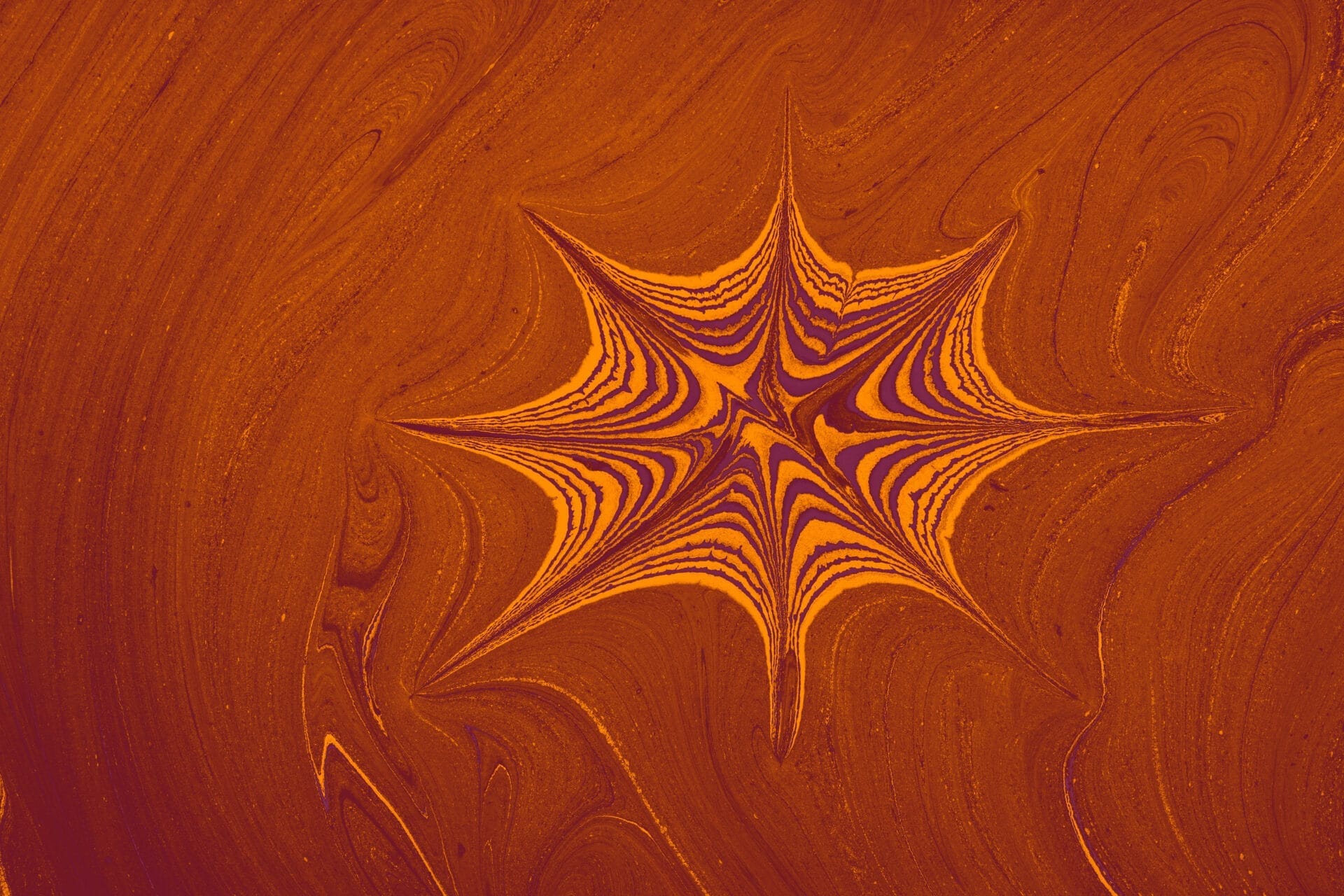Crude oil is a complex mixture of hydrocarbons that is obtained from underground reservoirs. It is an important raw material for the production of various products, such as gasoline, diesel, and other fuels. In order to separate the different hydrocarbon components, crude oil must be distilled. Distillation is a process that involves heating the crude oil to a high temperature and then separating the different components according to their boiling points. This process results in a range of products with different properties that are used for various purposes.
The Basics of Crude Oil Distillation
Crude oil distillation is the process of separating crude oil into different fractions based on their boiling points. It is the most important process in refining crude oil, as it separates the molecules into different fractions that can be used for various purposes. In general, the boiling point of crude oil is between 200 and 600 degrees Celsius. The temperature at which a particular fraction boils off depends on its molecular weight and structure.
The process of distillation involves heating the crude oil until it reaches a certain temperature, then collecting and condensing the vaporized fractions as they come out of the top of a distillation column. This condensed liquid is then further separated into its individual components, called “fractions.” The most common fractions are gasoline, diesel fuel, kerosene, jet fuel, lubricating oils, and residual fuel oils.
The process of distillation requires careful control over temperature to ensure that the right fractions are separated out in the right amounts. The refiner must also consider other factors such as air pressure and chemical composition to ensure that an optimal result is achieved. Generally speaking, lighter molecules will boil off first at lower temperatures
What is Distillation?
Distillation is a process of separating different components from a liquid mixture by boiling and condensing the vapors. It is widely used in the chemical industry for purifying and concentrating liquids, such as ethanol, alcohol, and essential oils. Distillation can also be used to separate liquids based on their boiling points. The process works by heating the liquid mixture to its boiling point, which causes the liquid to vaporize. The vapor is then cooled and condensed back into a liquid, which separates out the components based on their respective boiling points.
How Does the Distillation Process Work?
The distillation process begins with heating up the liquid mixture to its boiling point. As the mixture boils, some of its components will evaporate faster than others due to their respective boiling points. These vapors are then cooled and condensed back into a liquid form. This condensation process separates out the components based on their respective boiling points. The component with the lowest boiling point will condense first, followed by those with higher boiling points until all of the components have been separated out.
The distillate, or resulting liquid
What Happens to the Vapor in the Crude Oil Distillation Process?
The crude oil distillation process is an essential part of producing usable fuels and other products from crude oil. As part of this process, a large amount of vapor is generated. This vapor is then collected and processed in order to separate out the various components of the crude oil. The vapor is processed through a variety of methods such as absorption, condensation, and adsorption.
Absorption is one of the most common processes used to separate out the components of crude oil. In this method, some type of solvent is used to absorb the various compounds found in the vapor. The absorbed compounds are then removed from the solvent and collected for further processing or refining.
Condensation is another method used to separate out components from vapor produced during crude oil distillation. This method involves cooling down the vapor until it reaches its condensation point, at which point it will condense into a liquid state, allowing for separation of various compounds found in the vapor.
Adsorption is a third way that

Benefits of Crude Oil Distillation
Crude oil distillation is a process that separates crude oil into various components, known as fractions. These fractions have different boiling points, which allow them to be separated based on their boiling point. The fractions are then further refined and used in the production of gasoline, diesel fuel, jet fuel, heating oil, and other products. Crude oil distillation offers many benefits to both the environment and consumers.
One benefit of crude oil distillation is reduced air pollution. By separating the various components of crude oil, it becomes easier to remove pollutants from the air. This reduces the amount of smog produced by vehicles and industrial facilities that use petroleum products. It also helps to reduce greenhouse gas emissions from burning fossil fuels.
Another benefit of crude oil distillation is improved fuel efficiency. When petroleum products are refined through distillation, they contain fewer impurities that can cause engines to run less efficiently or produce more emissions than necessary. This increases the overall fuel efficiency of vehicles and reduces their environmental footprint.
Finally, crude oil distillation can help to
Crude Oil Distillation
Crude oil distillation is the process of separating crude oil into different components through the application of heat. This is accomplished by boiling the crude oil and condensing its vapors into liquid form. The components of crude oil are separated based on their boiling points. This process is essential in producing useful products such as gasoline, kerosene, and diesel fuel. However, there are a number of challenges associated with crude oil distillation that make it difficult to achieve satisfactory results.
One of the main challenges encountered in crude oil distillation is the presence of impurities. Impurities can come from a variety of sources, such as naturally occurring minerals or contaminants introduced during processing. These impurities can interfere with the efficiency of the distillation process and reduce the quality of the resulting products. In order to overcome this challenge, it is necessary to employ effective purification techniques before attempting to distill the crude oil.
Another challenge encountered when performing crude oil distillation is obtaining an accurate temperature reading for each component being distilled. This is because different components have different boiling points which must be accurately monitored in order

Conclusion
Crude oil is a complex mixture of different hydrocarbons, each with different properties that can be used to make a variety of products. Distillation is the process used to separate out these components and create the range of products that crude oil is used for. This process involves heating the crude oil and separating it into fractions by boiling point. As these fractions are collected, they can be further refined to produce petrol, diesel, jet fuel and more. Distillation is an essential part of transforming crude oil from a raw material into usable fuel and other products.
The distillation process has been improved greatly over time as technology advances, allowing for greater efficiency and higher yields from distilling crude oil. With new developments in this field, it is likely that distillation will remain an important part of the production process for many years to come.

